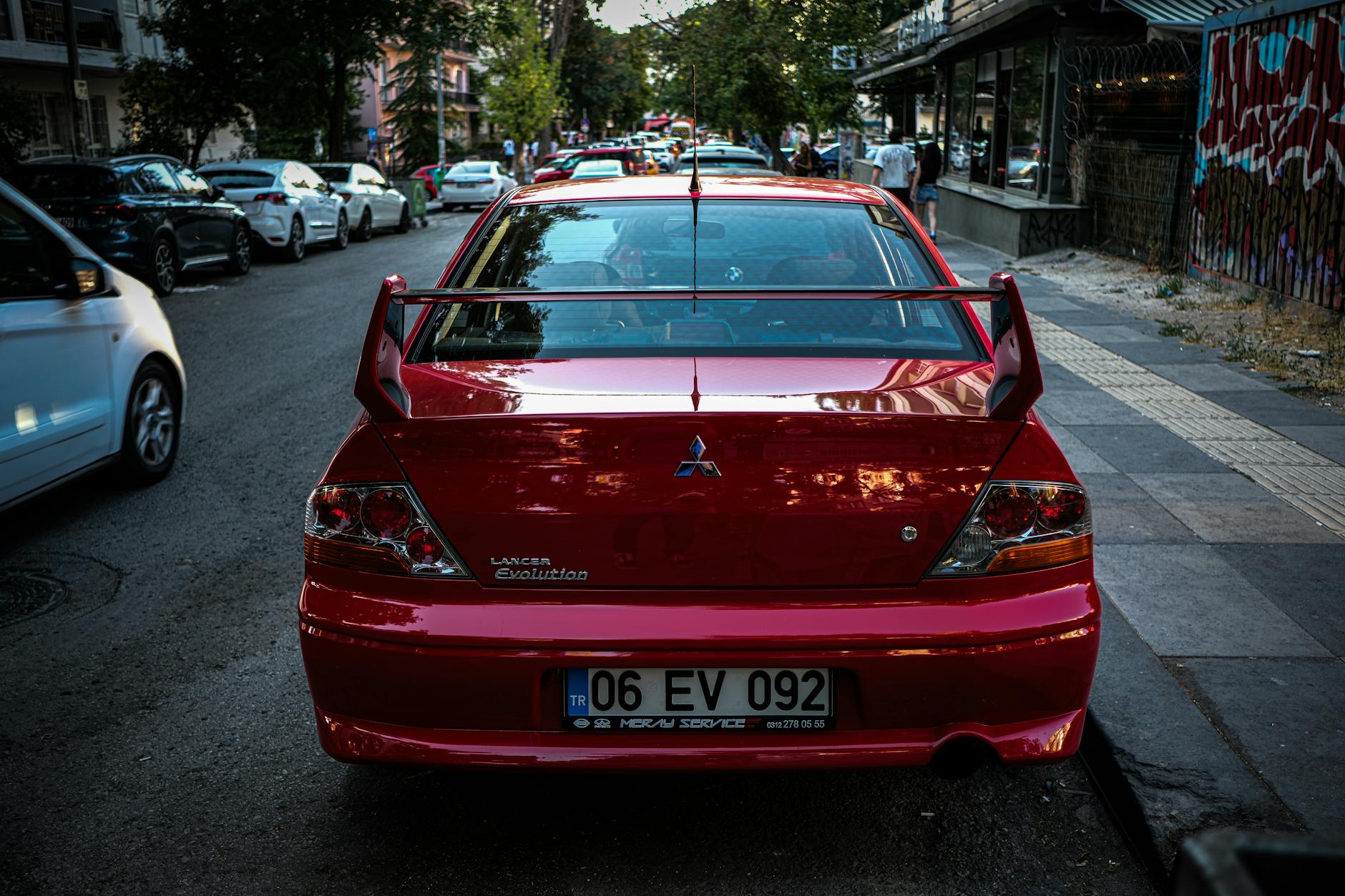The Evolution of Street Art: From Graffiti to Murals

The Birth of a Movement
Street art has come a long way from being considered vandalism to being embraced as a legitimate form of artistic expression. It all started in the late 1960s when graffiti artists began to make their mark on the streets of New York City, using the urban landscape as their canvas.
The Rise of Graffiti Culture
As graffiti gained popularity, it evolved into a subculture with its own set of rules and codes. Artists used pseudonyms, or 'tags', to mark their work and establish their presence in the streets. Crews formed, and rivalries emerged, adding a competitive edge to the art form.

From Walls to Galleries
Over time, street art transcended its underground roots and found its way into galleries and museums around the world. Artists like Banksy and Shepard Fairey gained international acclaim, blurring the lines between street art and traditional forms of fine art.
The Shift to Murals
In recent years, there has been a shift towards larger-scale murals that cover entire buildings and walls. These murals often convey powerful messages and can transform a neighborhood, revitalizing forgotten spaces and sparking conversations about social issues.
The Future of Street Art
As street art continues to evolve, artists are finding new ways to push boundaries and challenge conventions. Whether it's through augmented reality, interactive installations, or community-driven projects, the future of street art looks bright and full of possibilities.
